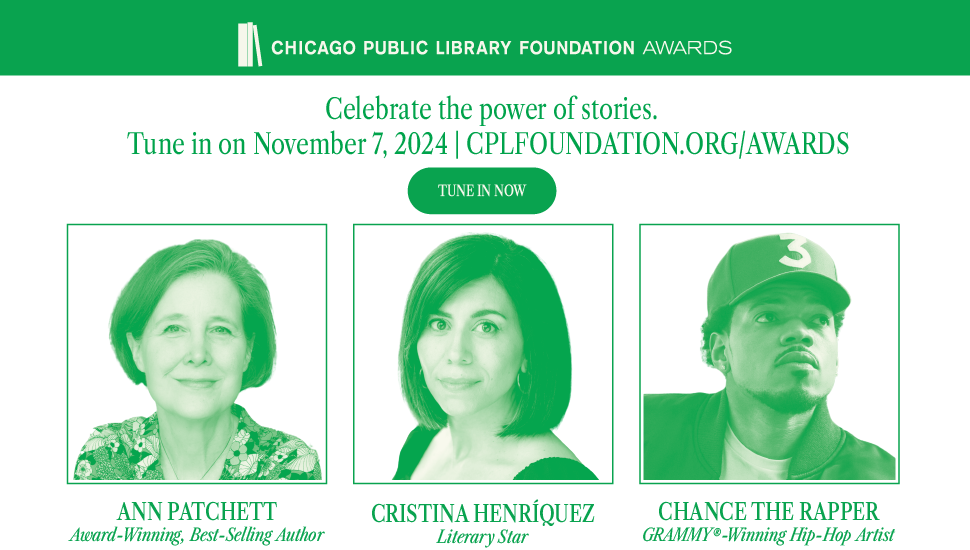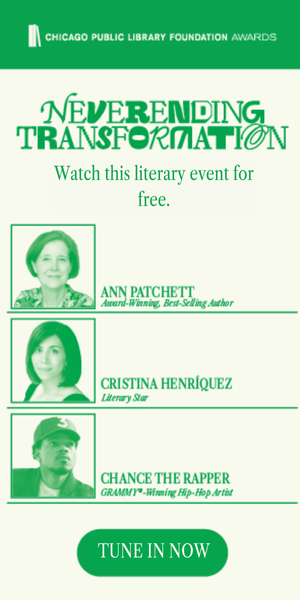
A Book Lover’s Guide to Disability Pride Month
Happy Disability Pride! Wait, you didn’t know? Well, let me introduce you to one of my favorite celebrations!
What is Disability Pride Month?
On July 26th, 1990, congress passed the Americans with Disabilities Act (ADA), the first legislation of its kind that protects disabled people’s rights in the United States. Now through the entire month of July, Disability Pride recognizes and honors disabled, chronically ill, neurodivergent, and Deaf people. Although it’s not officially recognized nationally, Disability Pride Month is still celebrated across the country, and several major cities hold Disability Pride parades to honor the occasion.
What is the Disability Pride Flag and What Does It Symbolize?

Designed by Ann Magill in 2019 and updated in 2021, the disability pride flag symbolizes the diversity of the disabled community. The black background represents the mourning and loss that disabled people have experienced throughout history. It also symbolizes the rebellion and protest of disabled people fighting for their human rights. The diagonal lines symbolizes the barriers disabled people experience in society and the ingenuity disabled people illustrate when navigating those barriers. The five colors represent the variety of needs and experiences: Mental Illness, Intellectual and Developmental Disabilities, Invisible and Undiagnosed Disabilities, Physical Disabilities, and Sensory Disabilities. Ann Magill waived all rights to the flag design, so you can find Disability Pride swag across the internet.
How Can You Participate?
In addition to the parades held around the country (pandemic dependent, of course), you can support disabled content and creators. In the bookish world, this typically means supporting disabled authors and their work. Join their Patreons, engage with their content, and buy their books.
You can also help disabled folks on the bookish internet by ensuring that your content is as accessible as possible. Caption your videos and add image descriptions to your Instagram posts — whatever it takes to make sure disabled people have equal access.
If you’re nondisabled, it’s important to remember that this month isn’t about educating ablebodied people. Disability Pride is first and foremost about centering and celebrating disabled people.
Where Can You Find Disability Literature Recommendations?
Of course, as the wonderful bookish people we are, I couldn’t be more thrilled to outline some excellent book-related resources to help you create all of the TBRs and Goodreads shelves to your heart’s content. There are scores of disabled people who regularly have disability recommendations. Here are a few of my favorites:
The Disability Readathon
As they say on their website, “Disabled people are underrepresented in literature, and also within the publishing industry at large. Part of why we started the Disability Readathon is to draw attention to stories by and about disabled people.”
You can find more information about the readathon over on their website. And if you are looking for recommendations for the next readathon, check out 8 Audiobook Recommendations for the Disability Readathon.
Disability Reads Book Club
Hosted by Carly Findlay and Tash of @jouljet, the Disability Reads Book Club features a monthly read by a disabled author. Though the book club just finished its very last book club pick in June, you can still find the backlog of picks via the #DisabilityReadsBookClub hashtag.
#ChronicallyIconicReadingChallenge
Started by @LibraryOfDreaming, the Chronically Iconic Reading Challenge is a year-long Bingo board challenge that encourages readers to pick up more books by disabled authors.
The Disability Visibility Project
Before Disability Visibility was an anthology, it was a website! Alice Wong started the Disability Visibility Project, “an online community dedicated to creating, sharing, and amplifying disability media and culture.” Wong often interviews disabled writers and shares their work, so be sure to sign up for the Disability Visibility newsletter so you don’t miss out.
Of course, here at Book Riot we have a lot of different content on Disability Literature. Margaret Kingsbury has written posts like The Current State of Disability representation in Children’s Books and 9 Ableist Tropes in Fiction I Could Live Without. Grace Lapointe wrote about 5 of the Best Introductory U.S. Disability History Books, and Nina Grauer recommended 16 Wonderful #OwnVoices YA Books About Disability.










